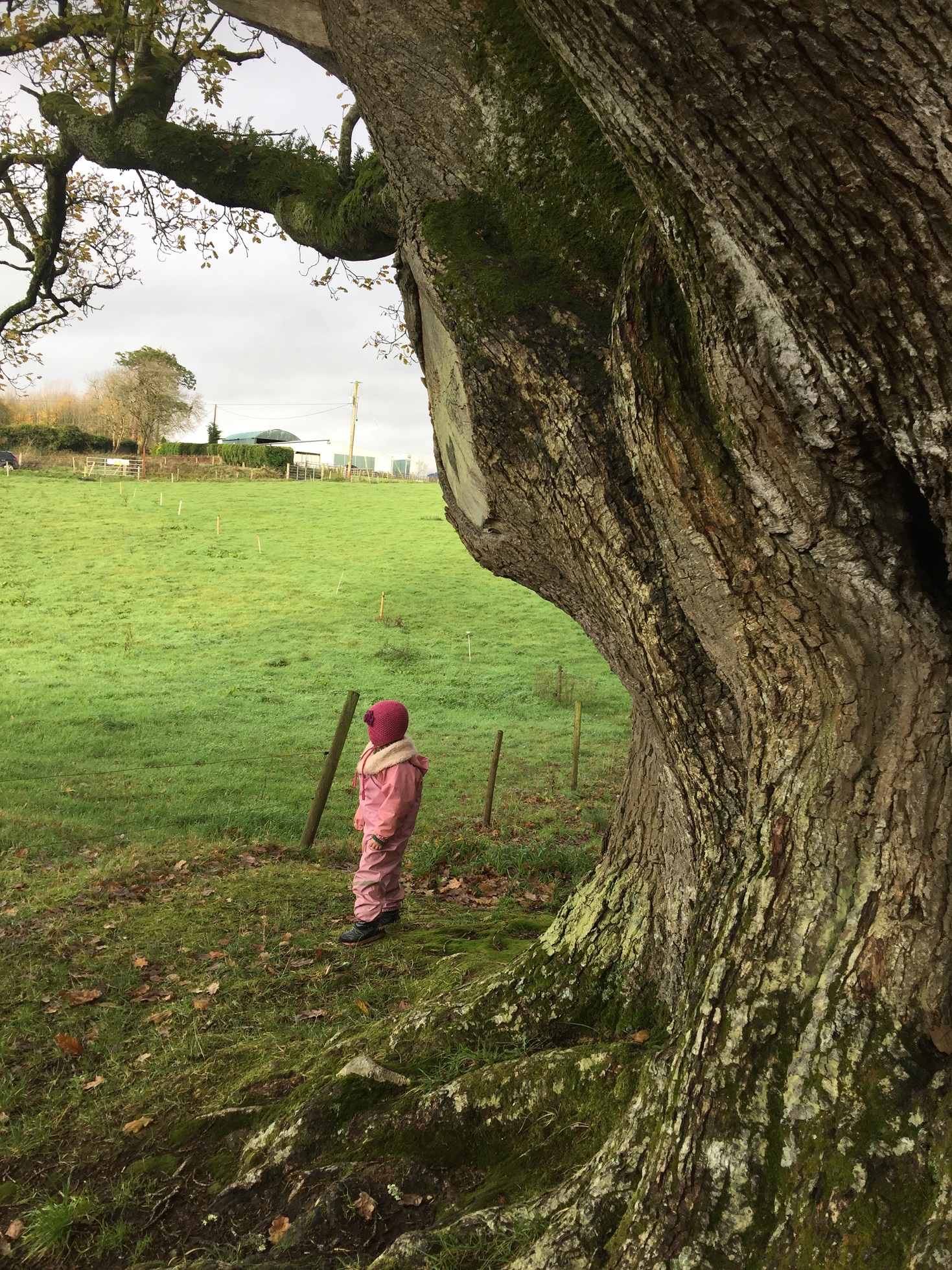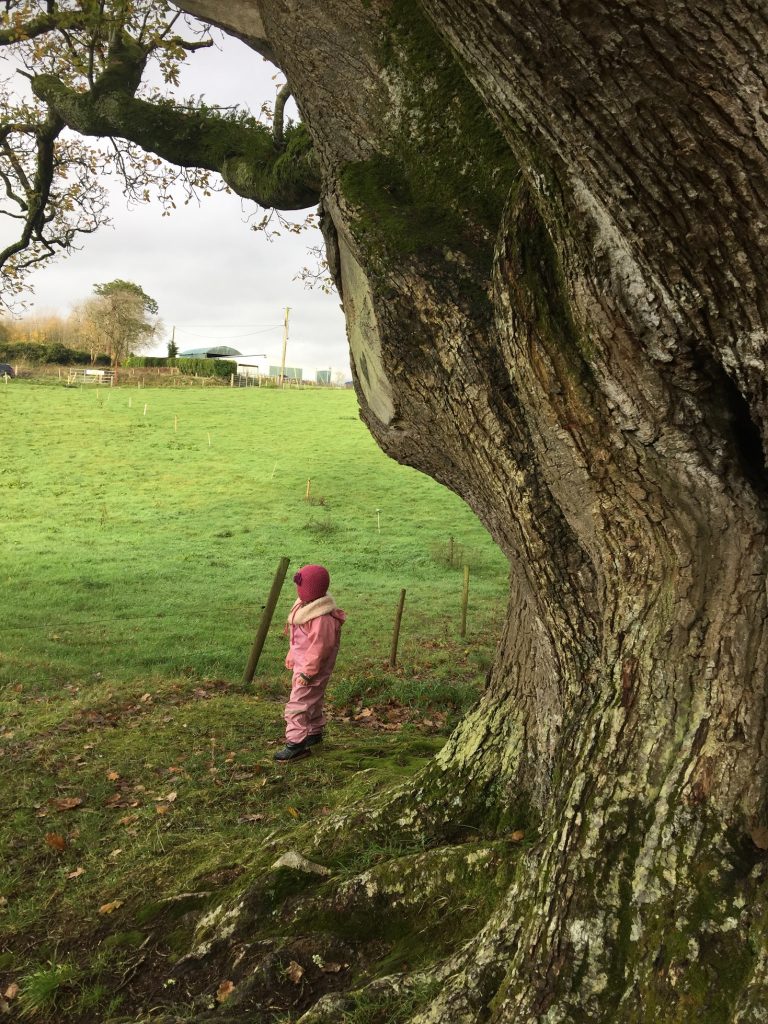July 11, 2021
To be native to a place we must learn to speak its language.
― Robin Wall Kimmerer, Braiding Sweetgrass

My family just spent a long weekend at the Lake of the Ozarks. We have a small house directly on the lake that has belonged to my family since my dad was a baby, and I have spent summers there since I was a baby. Humble and simple, sitting directly on the lake, it is a blessing of a get-away. In many ways, it is home.
On a walk one morning I started pondering what that means. How do we belong to a place? How do we belong to a land? That relationship seems difficult to establish when we as a culture are so far removed from “the land.” There is more to it than simply occupying a space. I don’t belong to this plot of land simply because I have spent my summers here, if I do not know and understand the land. Then how do I come to belong?
One step is consciously seeing it. What is actually around me? The hill that our lake house sits upon peaks far above it. Do I know what course the rain takes as it trickles or rushes down the hillside to the lake below? Do I understand what influence I have upon the formation of the land if I remove that tree, or cultivate a garden space? Do I know the rocks and quality of the dirt? What about the plants that grow naturally there? Can I name any of them, do I know what purpose they might serve practically? Do I know what might happen if I introduce another species of plants that is not native? What do I know of the native insects animals that depend on the land?
Although I am very novice to it, I appreciate being able to identify the plants and trees for their medicinal and artistic uses. Mostly, though, I meet it not from the intellect, but through the heart.
“All my life through, the new sights of Nature made me rejoice like a child.” —Marie Curie
I love taking walks to immerse myself in the quietude and familiarity of the lake roads. To simply be there observing and wondering brings me a deep sense of peace. I encourage my children to join me, to notice the ferns and mosses covering the banks of the rain ditches, or the deer browsing on tree leaves while watching us. They spend hours outside in the lake, playing along the shore composed of water-sculpted rocks. We all carefully select rocks with sparkles or beautiful striations, wondering how long it took for them to be created, or what minerals made each color. We gather driftwood and admire the work of the water upon its grain.
I think it’s also important to ask, why are we here? What is the land providing for us and what are we doing to pay it back? Even as we appreciate the land as soul food rather than a means of survival, we are here because of it. We strive to be appreciative of what it gives and cognizant of what we must to do protect it.
We collect trash that drifts in and avoid the use of chemicals that would seep into the ground or water. We keep property lights low or off at night. We feed the birds, squirrels and chipmunks. We plan to intentionally grow more native flowers in effort to balance the manicured lawns that spring up around us. We are constantly asking, what else?
Coming into the relationship of belonging to the land is a process that takes years, perhaps generations, of consciousness and practice. From the Native American to the Irish and German immigrants, my ancestors had this relationship. It is with great honor that, with my children, I continue striving to create it again, and to keep asking how we get there.


Thank you for this beautiful, devotional sharing. It feels like sacred writing to me.